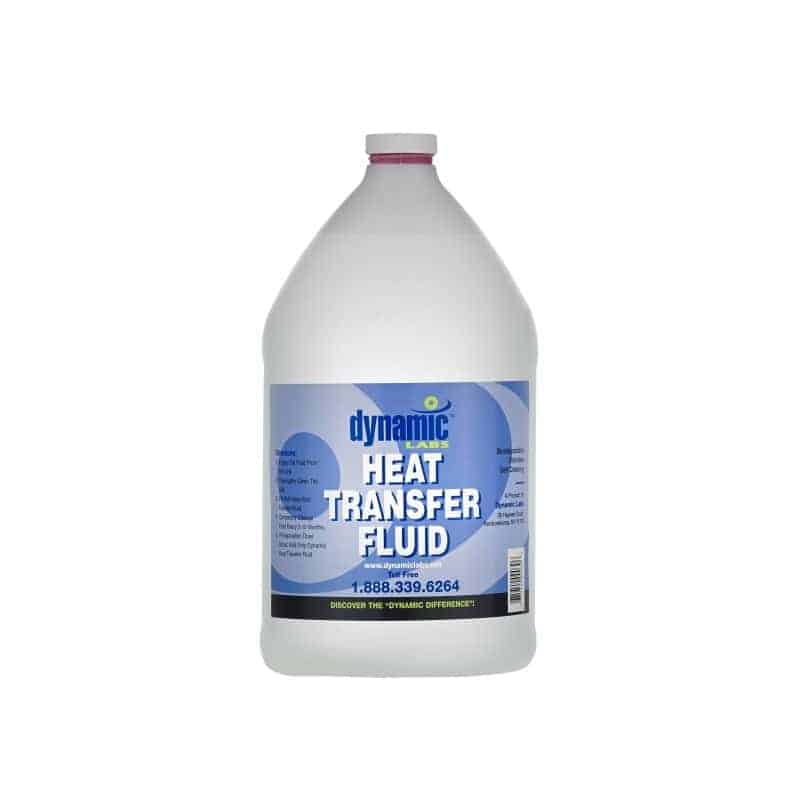Exactly How Warmth Transfer Liquid Adds To Lasting and Cost-efficient Workflow
In the contemporary industrial landscape, the function of heat transfer fluids (HTFs) in advertising lasting and inexpensive operations can not be overstated. These liquids are essential in maximizing thermal management systems, consequently substantially improving power effectiveness and reducing functional costs. In addition, the environmental advantages of sophisticated HTFs, with their high thermal security and low poisoning, are undeniable. They not just extend system long life but additionally contribute to the decrease of hazardous emissions. Yet, real capacity of HTFs is realized with the meticulous choice process, ensuring compatibility and security. What aspects should guide this important selection?
Recognizing Warmth Transfer Fluids
In the world of thermal administration, heat transfer liquids (HTFs) serve as important agents for moving thermal energy from one location to another. These liquids play an essential function in various commercial applications, consisting of chemical processing, power generation, and A/c systems.
The make-up of warm transfer fluids can differ considerably, including options such as mineral oils, artificial oils, glycols, and molten salts. Each type supplies unique benefits, such as improved thermal security, low thickness, and high boiling points, which are picked based on details operational needs. Moreover, the choice of HTF influences not only the performance of heat transfer however also the durability and safety and security of the system in which it is utilized.
As markets remain to introduce, the development of advanced HTFs, defined by their boosted thermal conductivity and reduced environmental effect, is critical for meeting the demands of modern-day thermal management difficulties.

Enhancing Power Performance

Improving energy performance has come to be a critical problem throughout different industries, triggering a closer examination of heat transfer fluids' duty in maximizing thermal monitoring systems. These liquids are indispensable to keeping the wanted temperature level in processes, consequently lessening energy waste and improving general system efficiency. By selecting an appropriate heat transfer fluid, industries can dramatically improve their energy performance, causing lowered energy usage.

Advanced formulas of heat transfer fluids have actually been created to stand up to severe temperatures while maintaining security and effectiveness. These innovations expand the operational lifespan of the liquid, minimizing the frequency of substitutes and energy-intensive maintenance activities. In addition, making use of synthetic or bio-based liquids provides additional advantages in terms of lowered environmental influence, lining up with global sustainability objectives. Consequently, improving energy efficiency with optimal warm transfer liquid choice is not just a technical requirement but likewise an ecological essential.
Lowering Operational Costs
Operational prices are a significant factor to consider for sectors looking for to maintain competitive advantage, and the option of warmth transfer liquid plays a vital duty in cost administration. Picking an appropriate heat transfer fluid can bring about significant cost financial savings by boosting system efficiency and minimizing power intake. High-performance fluids lessen thermal deterioration, which consequently minimizes the frequency of fluid replacement and downtime related to maintenance, thus lowering operational expenses.
Moreover, warmth transfer liquids with remarkable from this source thermal security and rust resistance extend the lifespan of equipment. This reduces the need for constant fixings and substitutes, which can be expensive and disruptive to operations. By purchasing premium fluids, markets can achieve long-term reductions in maintenance prices and enhance the dependability of their systems.
Additionally, advanced warmth transfer fluids commonly display lower thickness at operating temperatures, which boosts pump effectiveness and reduces power usage in liquid flow. This optimization of power consumption straight equates into lowered operational prices. Many modern-day warm transfer fluids are crafted to operate properly over a large temperature range, lowering the demand for several fluid kinds, therefore improving supply demands and lowering linked costs. These aspects collectively add to even more sustainable and cost-efficient operations.
Environmental Impact Reduction
The push towards decreasing environmental impact has acquired momentum in industries leveraging warmth transfer fluids. Firms are significantly recognizing the value of reducing eco-friendly impacts by adopting lasting practices. Warmth transfer liquids (HTFs) play a vital function in this shift, providing opportunities to enhance power performance and minimize discharges. By choosing HTFs with high thermal stability and reduced poisoning, markets can guarantee very little leakage and destruction, hence lessening dangerous environmental releases.
Furthermore, making use of innovative warm transfer fluids adds to enhanced system effectiveness, decreasing the overall power consumption. This decrease not just results in price financial savings however also decreases carbon dioxide emissions, aiding in the battle versus climate adjustment. Fluids that are biodegradable and recyclable better improve sustainability initiatives, as they reduce waste and advertise round economic climate practices.
In addition, incorporating HTFs right into closed-loop systems avoids visit the site fluid loss and contamination of the surrounding setting. This approach makes certain that fluids are reused, lowering the demand for new sources and limiting waste generation. By accepting these eco conscious techniques, sectors can considerably lessen their ecological effect while preserving high functional efficiency, lining up with international sustainability objectives and regulative demands.
Picking the Right HTF
Selecting the proper warmth transfer liquid (HTF) is a vital step in progressing ecological sustainability within industrial processes. The option of HTF directly influences system performance, energy intake, and environmental influence. A perfect HTF ought to possess a high thermal capacity, reduced thickness, and high thermal conductivity to ensure efficient heat transfer. Additionally, its stability over a broad temperature range is vital to avoid destruction, which can bring about increased emissions and waste.
When picking an HTF, it is important to consider its compatibility with system materials to avoid rust and chain reaction. This ensures durability and reduces maintenance prices. Moreover, the fluid ought to be non-toxic and biodegradable, reducing its ecological impact and making sure conformity with environmental regulations. The lifecycle cost of the HTF, incorporating procurement, procedure, and disposal, ought to also be assessed to make certain economic usefulness.
Verdict

Comments on “Why Normal Upkeep of Heat Transfer Fluid is Critical for System Longevity”